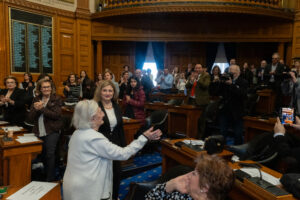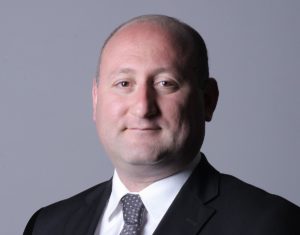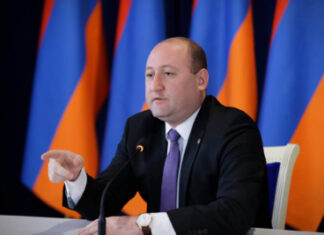By Raffi Bedrosyan
Forty years ago on September 12, 1980, Turkish generals toppled the elected government in Turkey which had been unable to stop the wave of killings between leftist and rightist factions. To establish law and order, the generals resorted to brute force by quickly implementing mass arrests in record numbers. As a result, more than 650,000 people were arrested from all walks of life, based on the flimsiest of excuses, subjected to unimaginable beatings and torture in several prisons, followed by rapid trials and hangings. 517 people were sentenced to death and 49 were hanged, ensuring ‘fairness’ by hanging one from the left and one from the right. More than 500 people died in prisons during torture sessions. Kurdish language and music were banned. More than 3000 Kurdish villages in the east were forcibly vacated and burnt to the ground, resulting in almost a million Kurds to be displaced to the west. In short, terror caused by leftist-rightist struggles was replaced with state terror many times more violent.
I would like to give a few glimpses of how Armenians were affected by this turn of events.
Along with thousands of other leftist and rightist youth, Hrant Dink was also arrested and subjected to regular beatings and torture in prison. He explains that due to severe overcrowding in regular prisons, he was taken to a military school converted to prison. Turkish washrooms have only a hole on the floor and by covering the hole with plywood, the tiny washroom cubicles were made into prison cells.
As related by a Facebook friend, Artun Sukyas was a young man interested in news photography. He would take newsworthy pictures and pass them on to a journalist working at a Turkish daily. When the car of a bank director was firebombed on a street in his neighborhood, he grabbed his camera and rushed to the scene. Police arrested him as a suspect of the car bombing and a possible member of ASALA (Armenian Secret Army for the Liberation of Armenia). Despite frantic searches, for three months his family couldn’t find out where he was taken and kept. Eventually, he was tried and set free based on the evidence of his journalist friend. At the first opportunity, he left Turkey and came to Canada but due to the severe torture that he was subjected to, he soon passed away due to multiple internal organ failures.
An Armenian friend who was in the metal fabricating business in Istanbul, was arrested on suspicion of illegal exports. Although he was not charged by any prosecutor, he was kept in prison and tortured continuously. A routine torture method was inserting a police baton into the inmate’s rectum. His family tried to secure his release by bribing several police, prison and justice ministry officials, until they sold all their belongings. He was let go only when the officials became convinced that there was no more funding source left. There were hundreds of other Armenians arrested without charges, imprisoned and tortured for the sole purpose of extorting money from them.









